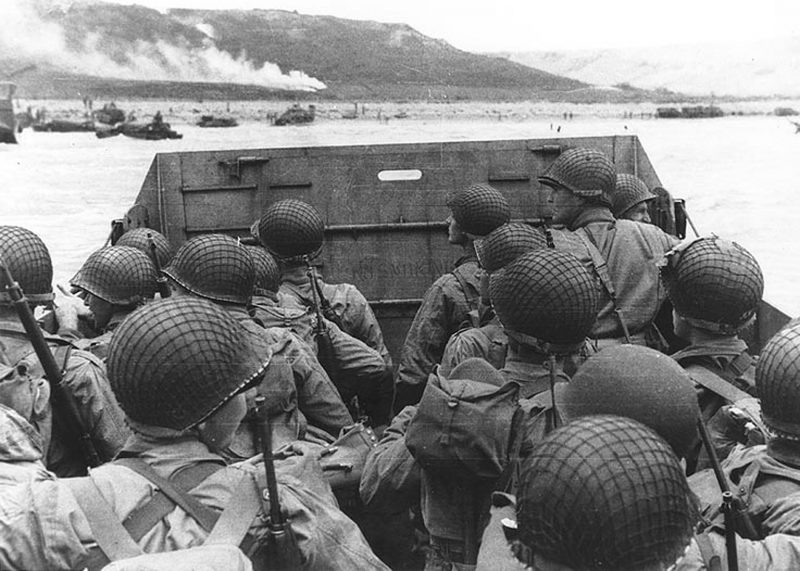
The Allied landing in Normandy, on June the 6th 1944, was carefully planned down to the last detail, but its success ultimately depended on an element that no military commander could control: the weather. In the previous days of the invasion, Allied meteorologists were about to give one of the most important weather forecasts in history: if they were to be wrong, then the Allied troops would lose tens of thousands of soldiers, the war taking a whole different course.
June 4th, 1944, Portsmouth, UK. Allied Commanders were looking forward to the day of the invasion, but a few hours before the launch of the operation, James Stagg – the main Meteorologist involved in Operation Overload – requested an adjournment. Although he was not ordering to the soldiers that were part of the landing, the whole fate of this Operation was now in his hands.
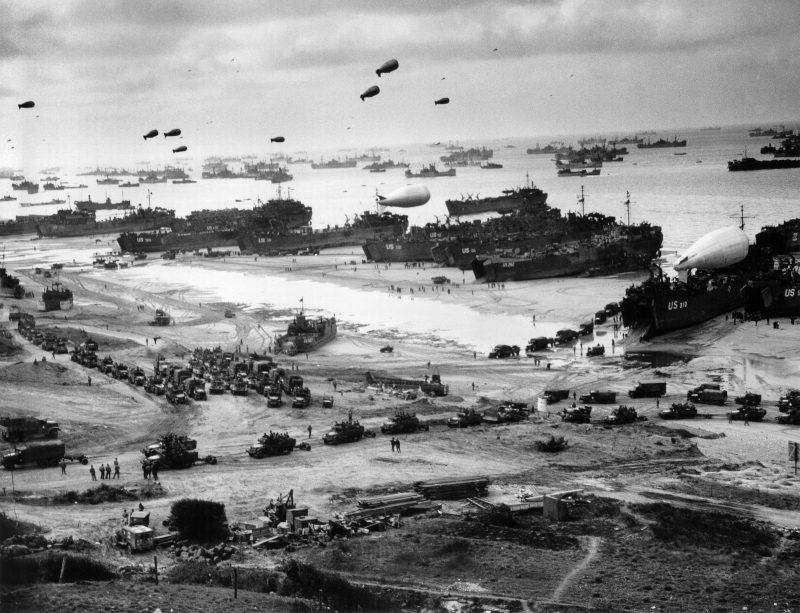
The commanders knew that there were only a few specific days when they could disembark in France, because they needed a full moon to illuminate the path of obstacles and the areas where the gliders were about to land.
They also needed the ocean at a low tide to expose the defense systems installed by the Germans under water. June 5th, the day chosen for this landing by Dwight Eisenhower, Commander of the Allied Forces, was the first, from a very short period of three days, when these conditions were met. However, for a successful landing, appropriate weather conditions were needed: a strong wind and a rough sea would have prevented this massive amphibious assault, high humidity would have slowed their advance, and the fog would have prevented any air support.
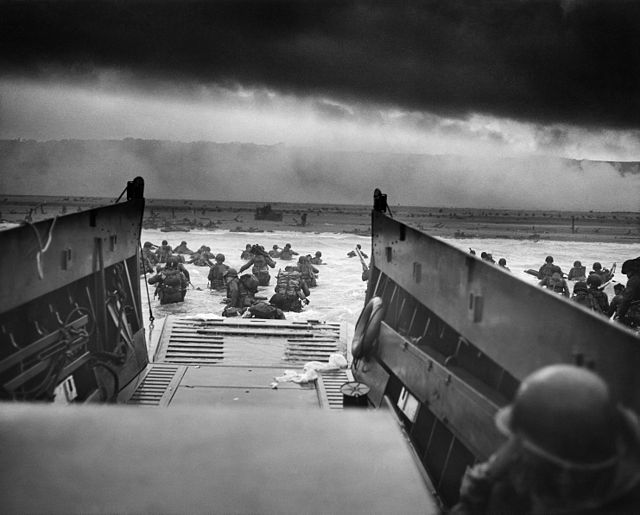
The extremely difficult task of predicting the weather in the English Channel – known as highly instable – was given to a team of meteorologists from the Royal Navy, the British Meteorological Office and the US Strategic and Tactical Air Force. The observations from May 29th in the Newfoundland region, Canada, suggested that across the Atlantic the weather could change in the exact day proposed for landing. Based on their knowledge of the English Channel and these observations, the British forecasters predicted that June the 5th will be a stormy day. But the American forecasters, who had a different method of making weather forecasts, believed that, on the contrary, a region with high atmospheric pressure will deflect the stormy front and will bring clear skies over the Channel.
Stagg, the only forecaster who was in direct contact with Eisenhower, had to take the final decision. Although, in the early hours of June 4th the sky was clear and the wind was weak, Stagg was certain that in a few hours the weather conditions in the area will change. Thus, he agreed with his British colleagues and recommended postponing the operation. Therefore, knowing that the weather could generate greater problems than the Germans, Eisenhower agreed to postpone the operation for 24 hours. 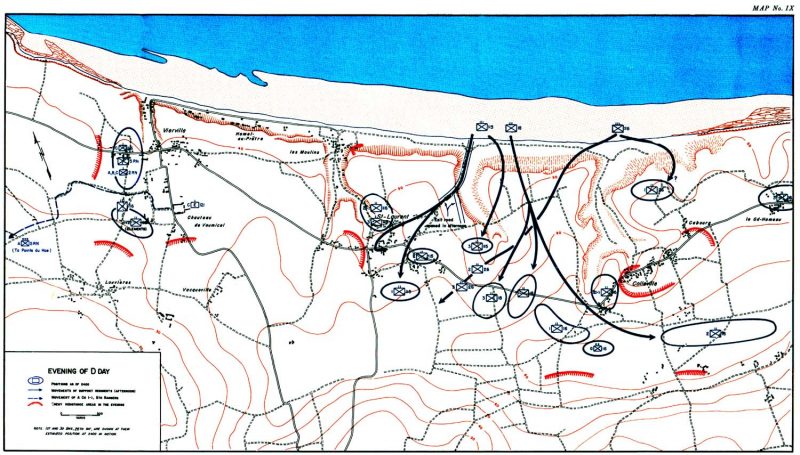
Across the Channel, the German forecasters also predicted bad weather, as Stagg did. But the Chief Meteorologist of the Luftwaffe claimed that the wind will be strong and the sea rough until mid-June. Therefore, Nazi Commanders believed that the Allied invasion – which they thought to be imminent – was impossible in those moments. The German meteorologists’ mistake was that they were using a less sophisticated technology than the Allies, who had a better network of weather stations in Canada, Greenland and Iceland.
On the evening of 4th June, when Portsmouth was hit by bad weather, Stagg informed Eisenhower that his meteorologists predicted that the weather will soon improve. The next landing was only possible in two weeks, and the Allies were about to lose their element of surprise if they were to wait. So Eisenhower decided to take a risk: although the weather didn’t suggest that it will change anytime soon, the US General trusted the predicted forecast and gave the order to prepare the landing on June the 6th.
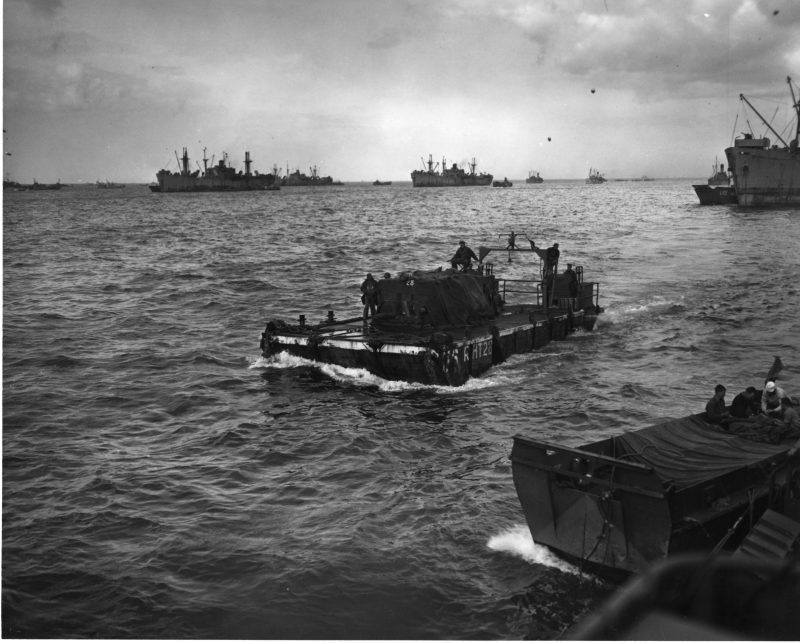
In the first hours of Operation Overload, the weather was far from ideal. The thick layer of clouds was a big problem for bombs or paratroopers, and because of the unsteady sea some boats were overturned. But until noon the weather improved and Stagg’s forecast came true. The Germans were taken by surprise and the course of the war was about to change.
A few weeks later, Stagg sent Eisenhower a memo, informing him that if the day of the landing would have been delayed for a few weeks, on 18 or 20 June, the Allies would have faced the worst weather conditions experienced in the Channel in the last two decades.
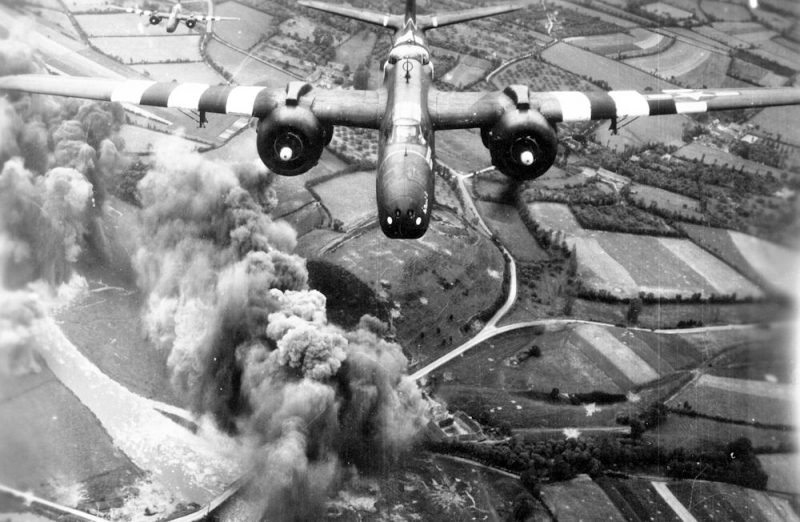
“We must thank the God of the War that we started in that day.” Eisenhower noted on the received report. But it was not the God of War; it was Stagg, who decided not to listen to the US forecasters that advised the military not to change the date of the landing. If the invasion had started on June 5th, the Allies would have faced a disaster: the layer of clouds was too thick for Eisenhower’s most important strategic weapon, the Allied Air Forces, to defeat the German artillery, and the wind too strong for the paratroopers to accomplish their mission. In addition, the waves were too high for the soldiers to be able to reach the shore safely, and the element of surprise – date and location – would have been lost, which would have delayed the re-conquering of Western Europe.